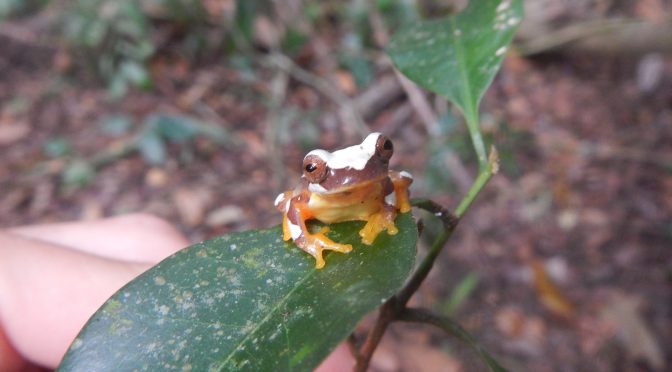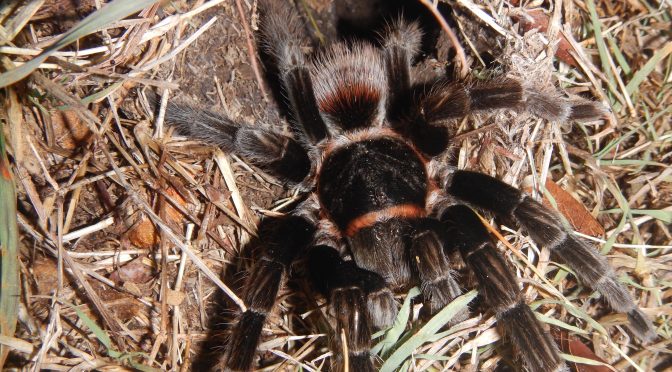Blog Post #2
Day 2: 3 days packed into 1!
Written at 9:43 pm on May 16th
DISCLAIMER: Las Cuevas was supposed to have internet—right now, it isn’t working. All LCRS posts from the rainforest are posted after the fact!
Today felt like 3 days packed into 1… We started at the Rio on Pools excursion, which is halfway to Caracol from our ecolodge. There, we swam, “showered,” and identified wildlife. I spotted several little puddles of tadpoles! Also, Claire helped me pick up one of the bigger ones for a picture.
When we left Rio on Pools, I fell asleep in the van, so waking up felt like a whole new day. We arrived at Caracol to observe the Mayan ruins and learn more about the culture. We also talked about forest reclamation over these structures, and we discussed the pros and cons of excavation. No amphibians were spotted on this trip, but it was great to see the birds, howler monkeys, lizards, and countless plants along the way.
Again, I fell asleep during the ride to Las Cuevas Research Station and woke up to an oscillated turkey in the road. Once settled in, we readied ourselves for our calibration hike, figuring out all our gear, hiking ability, and sharpening our eagle eyes. Kirsten spotted a Mexican Tree Frog (identified thanks to my Taxon ID card!) that was blowing up his air sacs doing a mating call, resting in the center of a palm frond. Scott lowered the leaf appendage so we could see it better and the frog promptly projectile urinated behind him and jumped forward onto Scott. He said the frog was slippery, so he couldn’t catch it.
We came back to a lovely dinner, and then we did our first night of lectures, it is now 10:18 pm and I am ready to go to sleep! 5 am birding calls my name tomorrow.
















